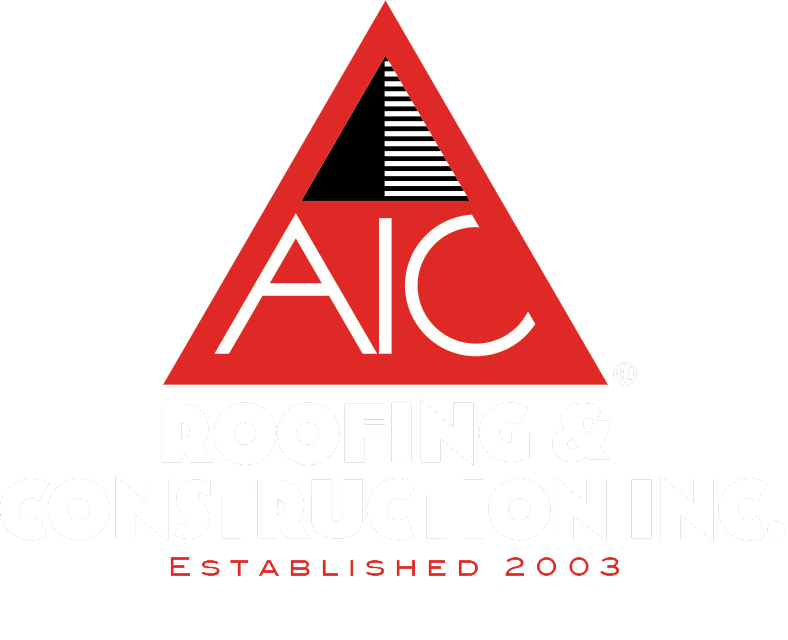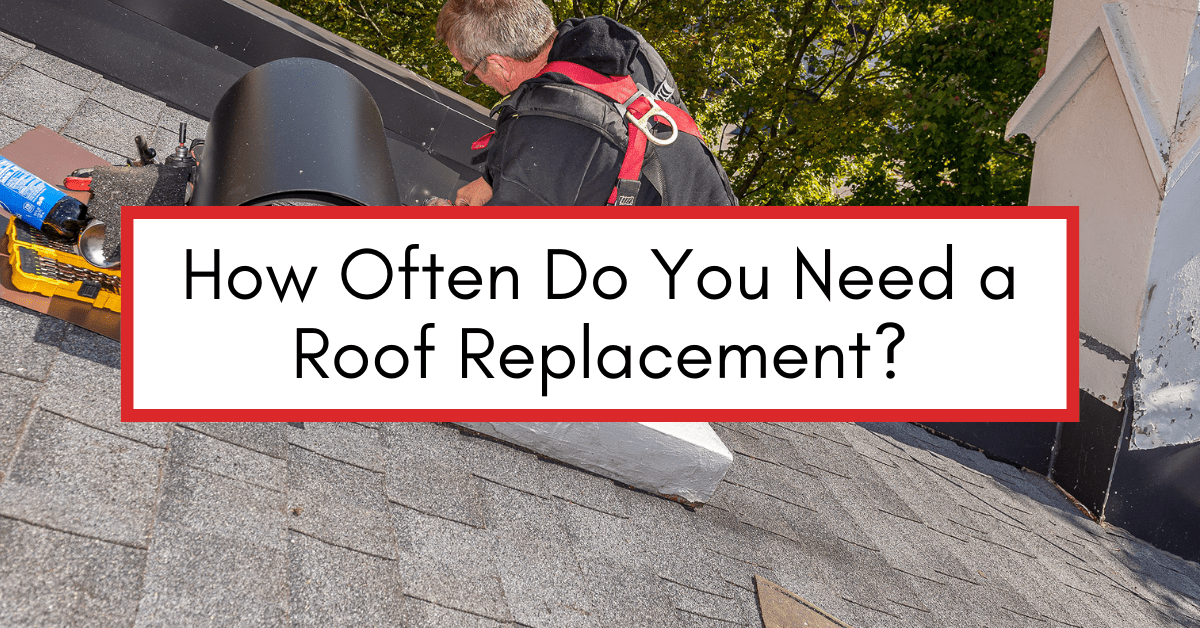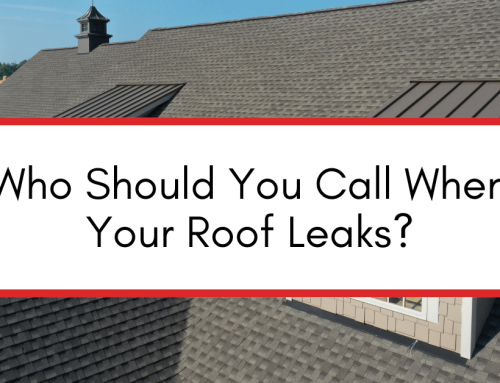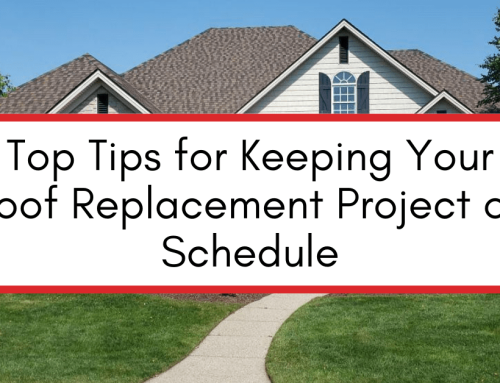Owning a home comes with various responsibilities, including the maintenance and upkeep of different parts of your property. One crucial aspect of homeownership is recognizing when your roof needs attention, particularly when it’s time for a roof replacement.
The integrity of your roof plays a vital role in protecting your home from the elements and ensuring the safety and comfort of your family. Understanding the signs that indicate the need for a roof replacement is crucial to avoid further damage and costly repairs.
In this article, we will explore the lifespan of a roof, common roofing materials, signs of roof damage, the consequences of ignoring roof damage, the process of roof replacement, and maintenance tips to extend your roof’s lifespan.
Understanding the Lifespan of a Roof
Before discussing the signs of roof damage, it is essential to understand the typical lifespan of a roof. The lifespan can vary depending on factors such as the type of roofing material used, the quality of installation, climate conditions, and regular maintenance. These factors play a crucial role in determining how long your roof will last and how well it will withstand the test of time.
One of the most common roofing materials is asphalt shingles, which usually have a lifespan of 15 to 30 years. These shingles are popular due to their affordability and versatility. They come in various colors and styles, allowing homeowners to choose the one that best suits their aesthetic preferences. However, it is important to note that the lifespan of asphalt shingles can be affected by factors such as exposure to harsh weather conditions, poor ventilation, and lack of regular maintenance.
Metal roofs, on the other hand, are known for their exceptional durability and longevity. They can last anywhere from 20 to 50 years (depending on the type), making them an excellent investment for homeowners looking for a long-term roofing solution. Metal roofs are highly resistant to extreme weather conditions, such as heavy rain, strong winds, and even hailstorms. Additionally, they are fire-resistant and require minimal maintenance, making them an attractive option for those seeking a low-maintenance roofing material.
Tile roofs, although expensive, provide exceptional durability and aesthetic appeal. These roofs can endure for over 100 years, making them a popular choice for homeowners who value longevity and timeless beauty. Tile roofs come in various materials, including clay, concrete, and slate. Each type of tile offers unique benefits, such as natural insulation, fire resistance, and resistance to pests and rot. However, it is important to note that the weight of tile roofs requires proper structural support during installation.
Factors such as regular maintenance and addressing minor damages promptly can help extend the lifespan of your roof. Regular inspections, cleaning gutters, removing debris, and fixing any loose or damaged shingles are all essential tasks in maintaining the health and longevity of your roof. Additionally, ensuring proper ventilation in your attic can prevent moisture buildup, which can lead to mold growth and premature deterioration of roofing materials.
Common Roofing Materials and Their Durability
Roofing materials come in various types, each with its own durability. Asphalt shingles, the most commonly used roofing material, offer reliable protection for a reasonable cost. They are made of a fiberglass mat coated with asphalt and mineral granules, providing a waterproof and durable surface for your roof. However, it is important to note that the lifespan of asphalt shingles can be affected by factors such as exposure to harsh weather conditions, poor ventilation, and lack of regular maintenance.
Metal roofs are known for their longevity and resistance to extreme weather conditions. They are typically made of steel, aluminum, or copper, and are available in various styles, including standing seam, corrugated panels, and metal shingles. Metal roofs are highly durable, fire-resistant, and require minimal maintenance. They can withstand heavy rain, strong winds, and even hailstorms, making them an excellent choice for homeowners living in areas prone to severe weather.
Tile roofs, although expensive, provide exceptional durability and aesthetic appeal. They are available in materials such as clay, concrete, and slate, each offering unique benefits. Clay tiles, for example, are known for their natural insulation properties and resistance to pests and rot. Concrete tiles, on the other hand, are highly durable and can mimic the appearance of other roofing materials, such as wood shakes or slate. Slate tiles, although the most expensive option, offer unmatched beauty and can last for centuries with proper care.
Other roofing options include wood shakes, which provide a natural and rustic look to your home. Wood shakes are typically made from cedar or redwood and can last around 30 years with proper maintenance. However, they require regular inspections and treatments to prevent issues such as rot, mold, and insect infestation. Synthetic roofing materials, such as composite shingles or rubber tiles, are also gaining popularity due to their durability, affordability, and eco-friendly properties.
Factors That Can Shorten Your Roof’s Lifespan
Several factors can shorten the lifespan of your roof, regardless of the type of roofing material used. Inadequate installation practices can lead to premature roof failure, as improper techniques can compromise the integrity of the roof. It is crucial to hire a professional roofing contractor with experience in installing the specific type of roofing material you choose.
Improper ventilation in your attic can also impact the lifespan of your roof. Without proper airflow, moisture can accumulate, leading to mold growth, rotting of the roof deck, and deterioration of the roofing materials. Proper ventilation includes the use of soffit vents, ridge vents, and attic fans to ensure a continuous flow of air throughout the attic space.
Extreme weather events like hurricanes or hailstorms can cause significant damage to your roof, shortening its lifespan. High winds can lift shingles or even tear them off, while hail can cause dents and cracks in the roofing materials. It is important to inspect your roof after severe weather events and address any damages promptly to prevent further deterioration.
Lack of regular maintenance can also significantly impact the longevity of your roof. Neglecting tasks such as cleaning gutters, removing debris, and fixing minor damages can lead to more significant issues over time. Regular inspections by a professional roofer can help identify potential problems early on and prevent costly repairs or premature roof replacement.
Understanding these factors allows you to be proactive in protecting and maintaining your roof, ensuring it lasts as long as possible. By choosing the right roofing material, investing in professional installation, practicing regular maintenance, and addressing any issues promptly, you can maximize the lifespan of your roof and protect your home for years to come.
Signs of Roof Damage
Recognizing the signs of roof damage is crucial to prevent further deterioration and potential structural issues. Whether it’s caused by natural wear and tear or sudden weather events, identifying roof damage early can save you time, money, and inconvenience.
Visible Exterior Damage
One of the most apparent signs of roof damage is visible exterior signs. These can include missing or cracked shingles, blistering or curling shingles, sagging sections of the roof, or noticeable leaks in the attic or ceilings. If you notice any of these signs, it’s essential to take immediate action to prevent further damage and potential interior issues.
Interior Signs of a Failing Roof
In addition to visible exterior damage, there are also interior signs that indicate a failing roof. These signs include water stains or discoloration on ceilings or walls, damp or musty odors, or visible water leaks in the attic. It’s essential to check your attic regularly for any signs of water intrusion or damage, as these issues can lead to further structural problems if left unaddressed.
The Consequences of Ignoring Roof Damage
Ignoring roof damage can have severe consequences for both your home’s structural integrity and the health and safety of your family. Understanding these potential consequences can help you realize the importance of addressing roof issues promptly.
Structural Deterioration
When roof damage is left unattended, the structural integrity of your home can be compromised. Water intrusion can lead to rotting and weakening of the roof structure, potentially causing sagging or collapse. Additionally, leaks can damage insulation and sheetrock, leading to costly repairs. Timely repairs and roof replacement are essential to avoid more extensive structural damage.
Health Risks Associated with Roof Leaks
Roof leaks can also pose health risks to you and your family. Moisture from leaks can foster the growth of mold and mildew, which can trigger allergies, asthma, and other respiratory issues. Mold growth can be hidden in walls, ceilings, or attic insulation, making it crucial to address roof leaks promptly to prevent potential health hazards for your family.
The Process of Roof Replacement
If you determine that your roof requires replacement, you must understand the process involved to make informed decisions and ensure a successful outcome.
Initial Inspection and Estimate
The first step in the roof replacement process is to contact a professional roofing contractor to conduct an initial inspection. They will assess the condition of your roof, identify any underlying issues, and provide you with an estimate for the replacement cost. This estimate should include labor, materials, and any necessary permits or disposal fees.
Choosing the Right Roofing Material
When replacing your roof, selecting the right roofing material is crucial. Consider factors such as durability, aesthetics, climate suitability, and your budget. Consult with your roofing contractor to determine the best option for your specific needs.
What to Expect During Roof Replacement
During the roof replacement process, the old roofing materials will be removed, and any underlying issues will be addressed. The new roofing materials will be installed, including underlayment, flashing, and shingles or other selected material. The process may take several days, depending on the size and complexity of your roof. Your roofing contractor will provide you with a timeline and keep you informed throughout the process.
Expert Roof Replacement in Central Kentucky and Cincinnati
If it’s time to replace your roof, getting a free, no-hassle roof inspection is a great place to start. Contact AIC Roofing & Construction to schedule your roof inspection today!
3-tab attics barns chimney choosing a contractor commercial cost curb appeal DIY estimate financing flashing flat roof GAF glossary gutter replacement gutters gutter size gutter system ice dams inspections insurance missing shingles roof design roofing materials roofing system roof leak roof maintenance roof materials roof repair roof replacement roof shapes roof types shingle ratings shingles siding siding materials siding replacement skylights storm damage underlayment ventilation warranty winter
